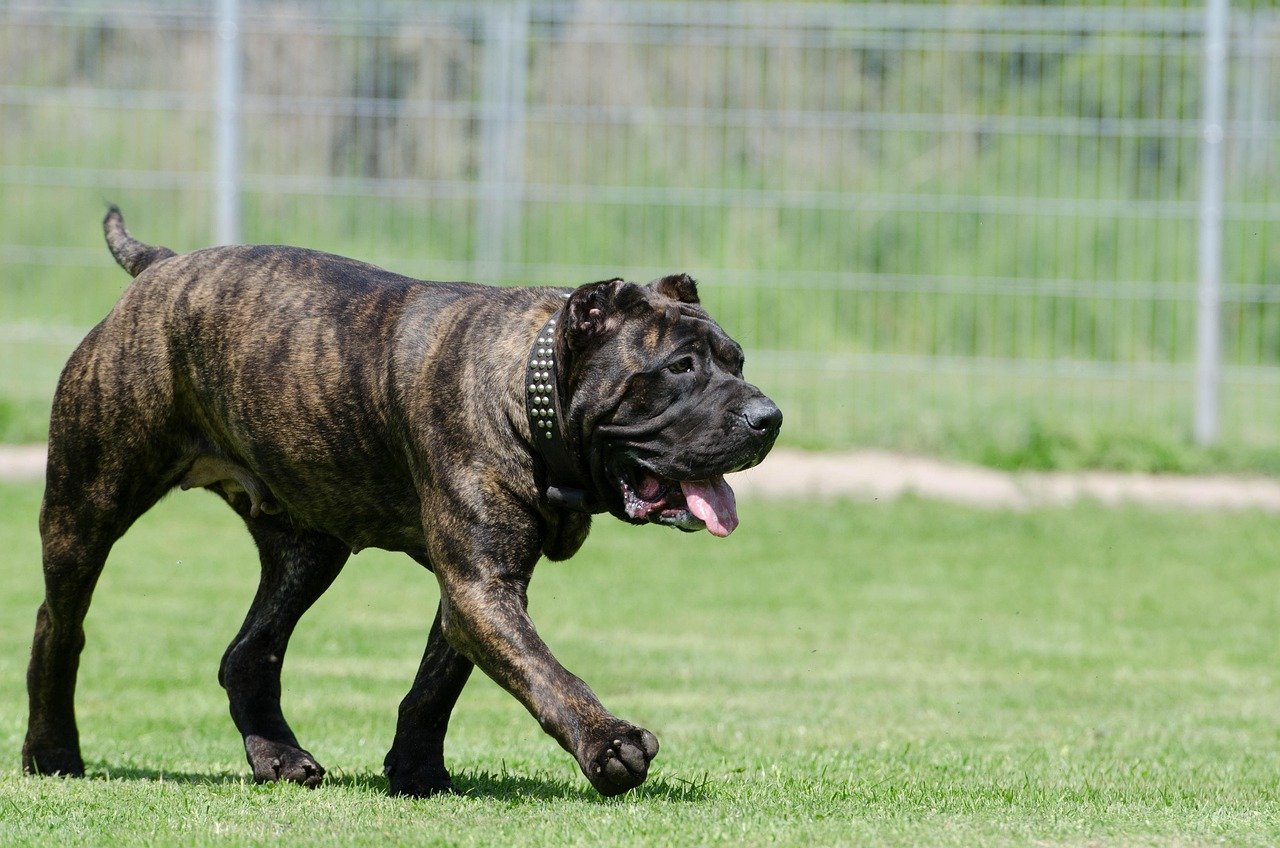Have you ever locked eyes with a majestic dog and wondered, “Could I handle one of those?” The truth is, not every breed is a good fit for every home. Some dogs come with reputations so fierce or temperaments so challenging that even the bravest dog lovers think twice. Yet, behind the headlines and the hype, there’s a world of incredible canines—some just need way more than the average family can give. Let’s dive into the top 10 dogs that are often too dangerous or difficult to keep, and discover which loving, loyal companions might be better choices instead.
American Pit Bull Terrier: Power and Passion

The American Pit Bull Terrier has become almost infamous in conversations about dangerous dogs. Their sheer muscular build, intense energy, and sometimes unpredictable reactions can make them a handful, especially for inexperienced owners. These dogs are often misunderstood; while many are loving, a lack of proper training and socialization can lead to aggressive behaviors. Sadly, their strength means that when things go wrong, the consequences can be serious.
Instead, consider the Staffordshire Bull Terrier. They share a similar affectionate personality but tend to be smaller, more manageable, and are known for their love of children. With consistent training, Staffies make lively, loyal family pets without quite as much risk or physical strength to contend with.
Rottweiler: Built Like a Tank, Bold as a Lion
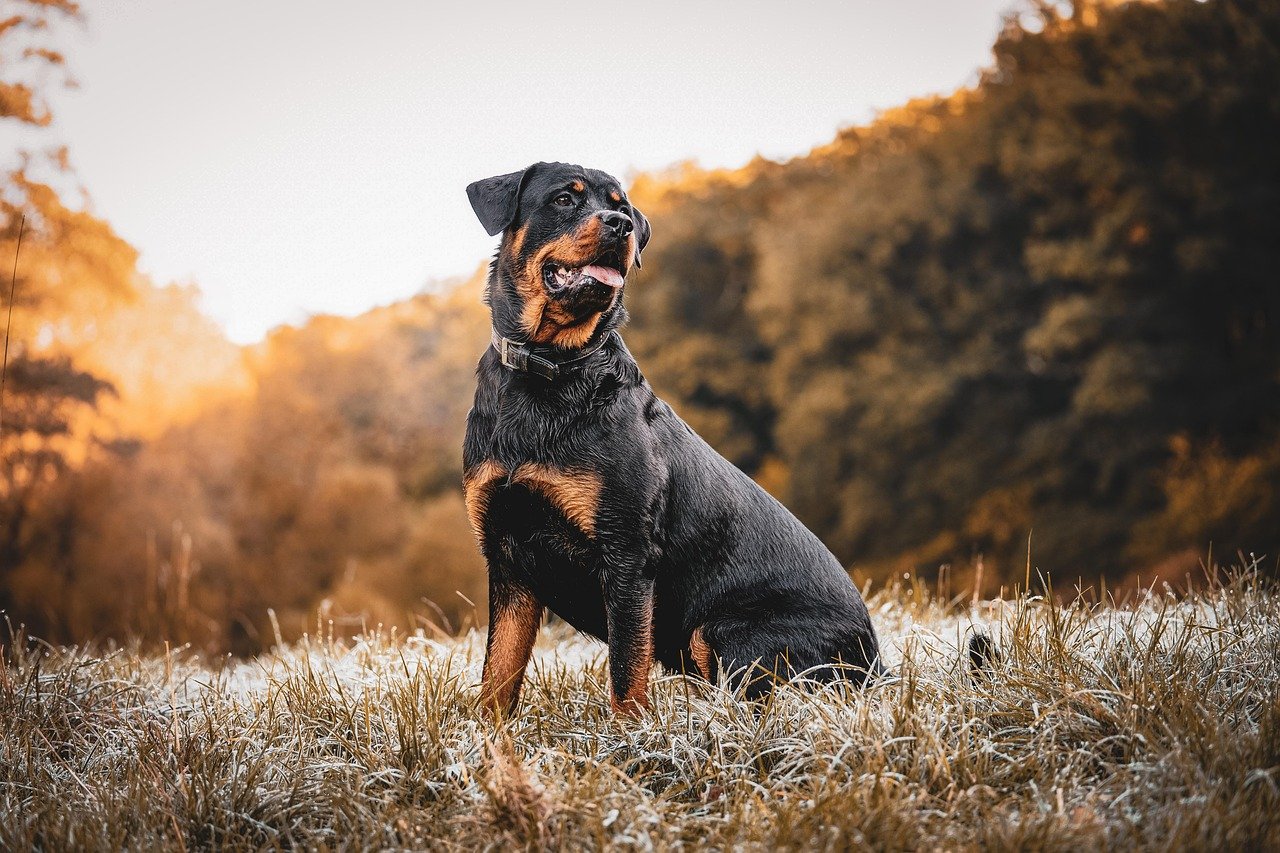
Rottweilers command attention with their powerful presence and deep bark. Originally bred for guarding and herding, they’re fiercely loyal and protective. But that protectiveness can quickly become problematic if not carefully managed. They need a confident owner who can provide firm boundaries and plenty of mental stimulation. Without structure, Rottweilers may become territorial or even aggressive.
If you’re drawn to a protective breed but want a gentler touch, the Boxer might be your answer. Boxers are energetic, friendly, and protective, yet they tend to be more approachable and easier to train. Their goofy personalities often shine through, making them beloved by families.
Presa Canario: A Force of Nature
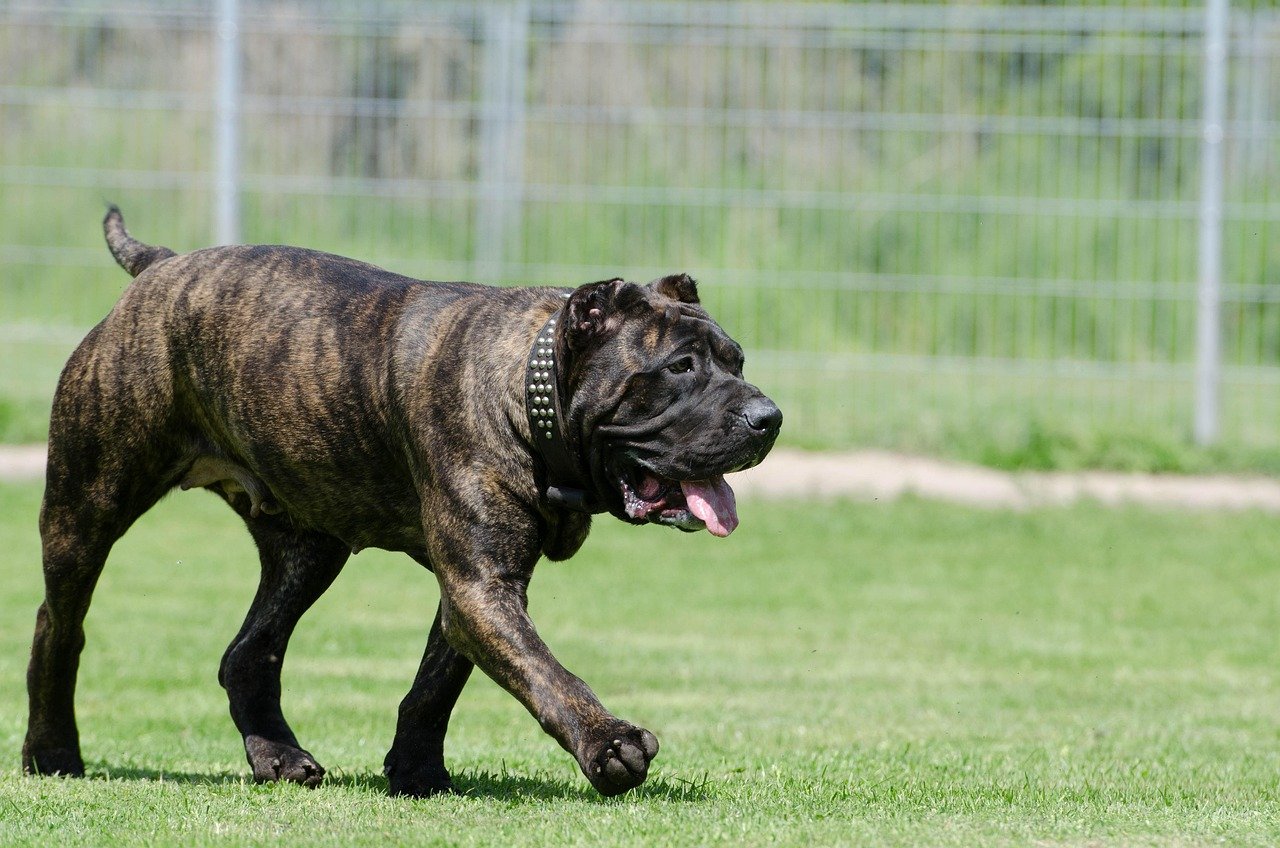
The Presa Canario is a giant, imposing breed from the Canary Islands—think of them as the bouncers of the dog world. Originally used for working livestock and guarding property, these dogs require exceptional socialization and leadership. Their size and strength mean they can be dangerous if not handled correctly, and they’re not a breed for the faint of heart.
Instead, look at the Cane Corso. Still large and protective, Cane Corsos are known for their intelligence and trainability. With early socialization, they can be calm, affectionate guardians who are much more manageable in the right hands.
Wolfdog: Wild at Heart

A Wolfdog is exactly what it sounds like—a cross between a domesticated dog and a wolf. While the idea of sharing your home with something so wild might sound thrilling, the reality is far from glamorous. Wolfdogs have unpredictable instincts, high energy, and a strong prey drive. They’re incredibly difficult to contain and can never be fully domesticated, often leading to heartbreak for both the dog and the owner.
For those craving a wolf-like look, the Alaskan Malamute is a fantastic alternative. Malamutes are strong-willed and need plenty of exercise, but they’re domesticated, loyal, and thrive with consistent training. Their playful nature makes them great for active families.
Dogo Argentino: The Hunter’s Shadow
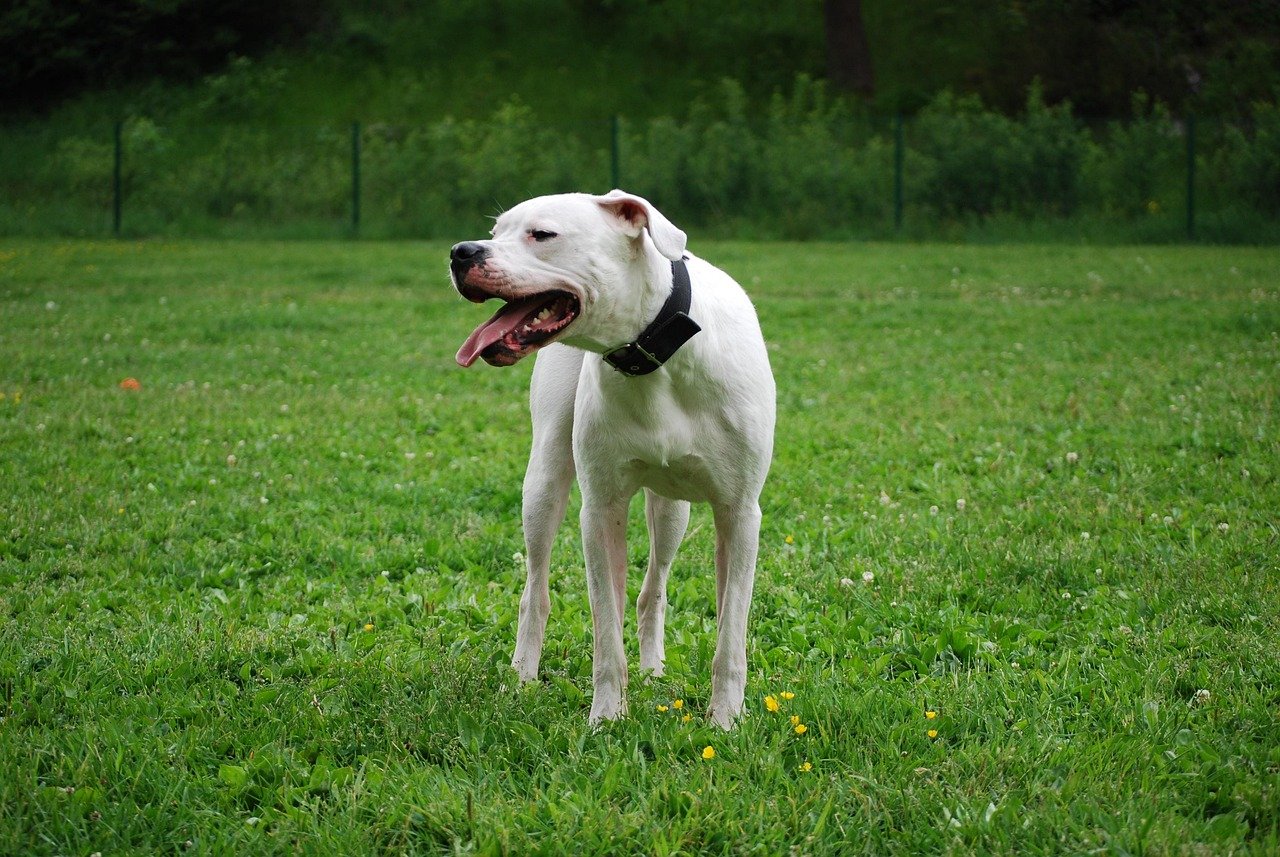
The Dogo Argentino was bred for big game hunting, which means they’re all muscle and determination. Their fearless nature, coupled with a high prey drive, can cause trouble in households with other pets or children. Without proper leadership and boundaries, a Dogo Argentino’s strong will can become overwhelming.
Instead, consider the Labrador Retriever. Labs are friendly, intelligent, and eager to please. They’re athletic and energetic but far more adaptable to family life. Labs also tend to get along well with other pets and children, making them one of the world’s most popular choices.
Chow Chow: Cuteness with a Side of Attitude
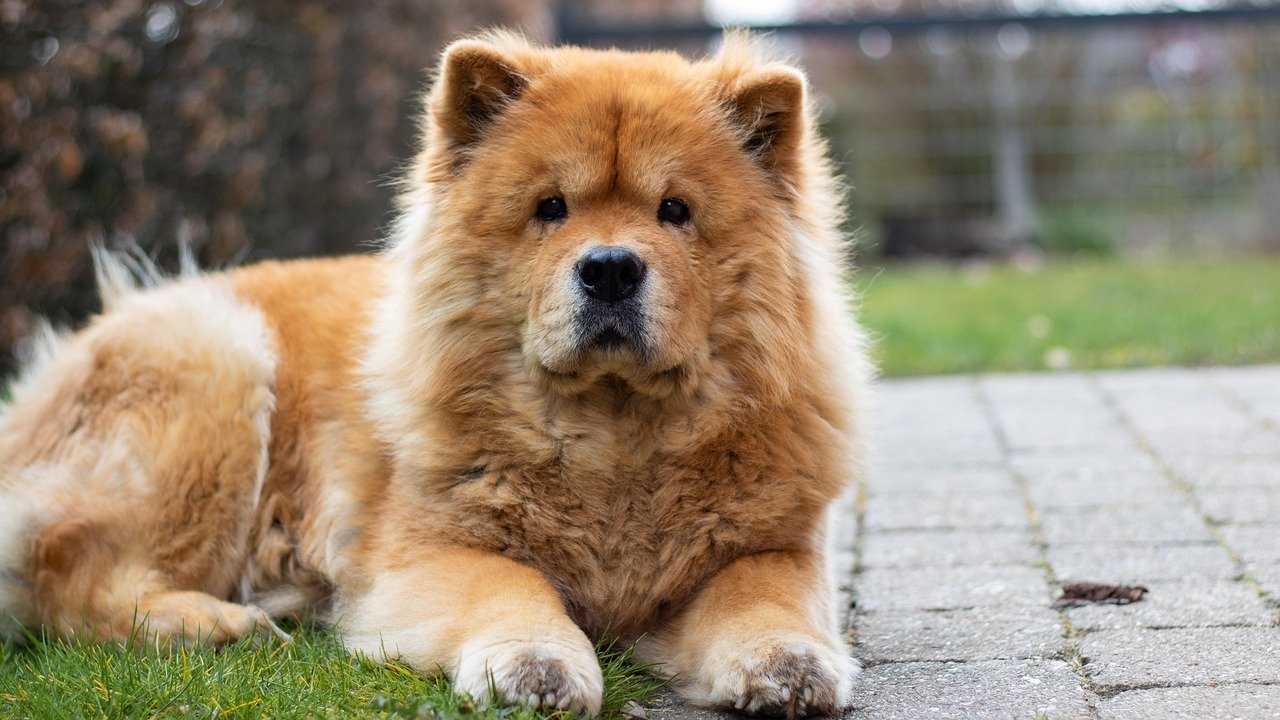
With their teddy bear appearance, Chow Chows lure in many unsuspecting families. Don’t let the fluff fool you—they’re known for being aloof, territorial, and sometimes downright stubborn. Chows can be fiercely protective and may not tolerate strangers or even children. If not socialized early, their independence can make training a serious challenge.
The Keeshond offers a similar fluffy appearance but is far more sociable and eager to please. These dogs are affectionate, alert, and thrive on companionship, making them a much easier fit for most households.
Akita: Loyalty That’s Hard to Handle
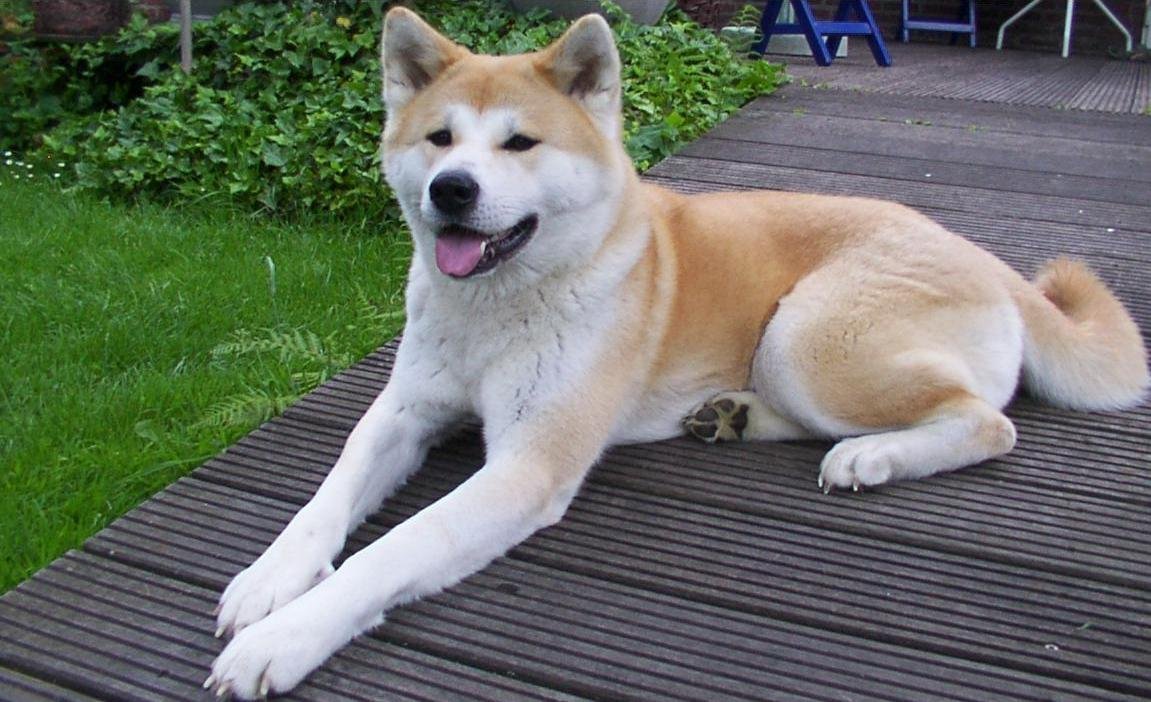
Akitas are revered in Japan for their loyalty and courage. However, that loyalty can morph into possessiveness or even aggression, especially toward other animals. Akitas are not known for their tolerance of strangers and can be difficult to train due to their independent streak. They need a very confident, experienced owner who understands their complex personalities.
If you love the look and spirit of the Akita, the Shiba Inu is a more manageable option. Shibas are smaller, clever, and spirited, with enough personality to fill a room—just in a more compact, approachable package.
Fila Brasileiro: Watchdog Extraordinaire

The Fila Brasileiro, or Brazilian Mastiff, is famous for being one of the most loyal—yet also one of the most distrustful—breeds in the world. They are bred to protect and can be openly hostile to strangers. This makes them a poor choice for busy households or anyone needing a dog who’s friendly with guests. Their size and suspicion make them difficult to control without ironclad boundaries.
For protection without the same intensity, consider the Great Dane. Despite their size, Great Danes are gentle giants. They’re affectionate, devoted to their families, and generally more tolerant of strangers, making them a safer choice for most people.
Belgian Malinois: Genius on Four Legs
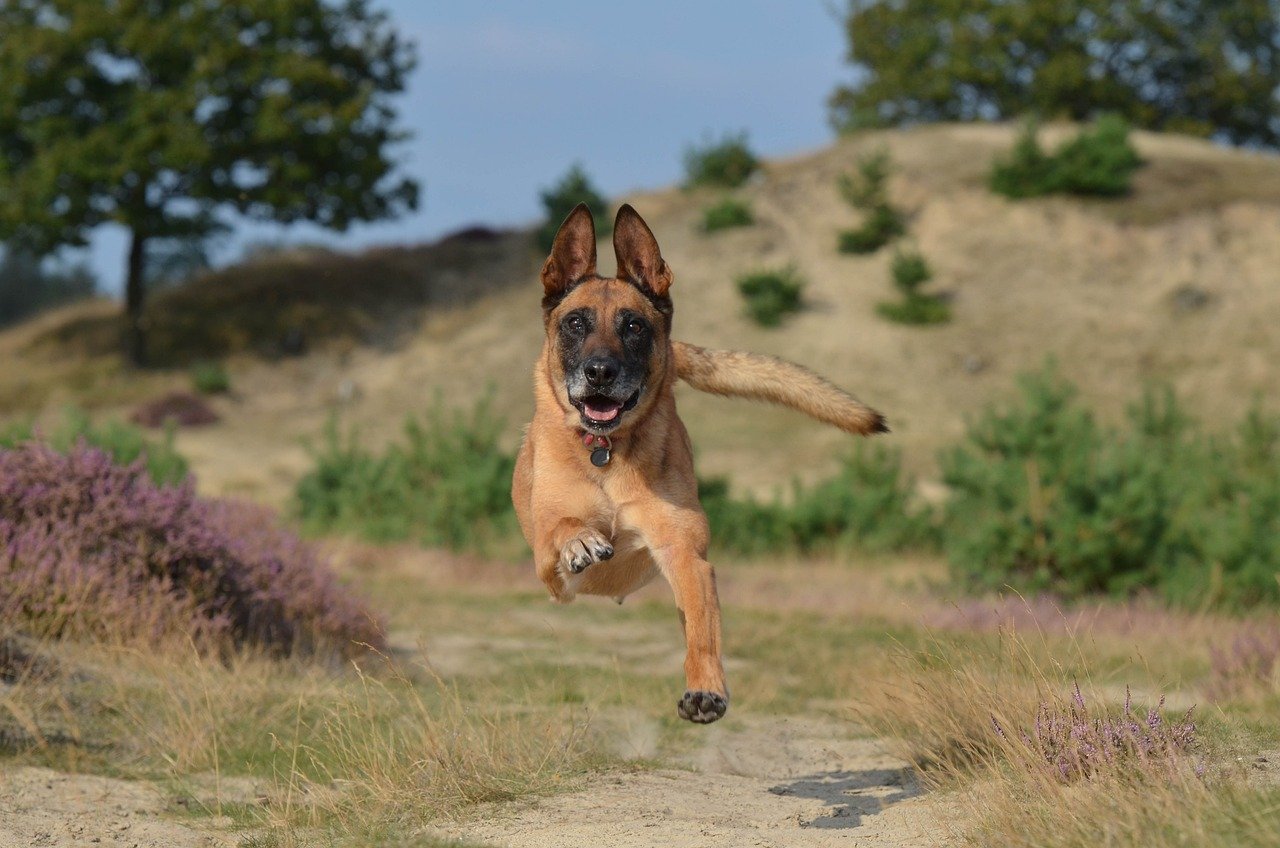
If you’ve seen police dogs in action, you’ve probably admired the Belgian Malinois. These dogs are brilliant—sometimes too smart for their own good. Their boundless energy and drive to work can spell disaster in an unprepared home. Without a job and constant stimulation, Malinois can become destructive or neurotic.
For those attracted to their intelligence and work ethic, the Border Collie is a wonderful alternative. Border Collies crave mental stimulation and exercise, but their gentler nature and smaller size make them easier for most people to handle.
Tosa Inu: The Japanese Giant
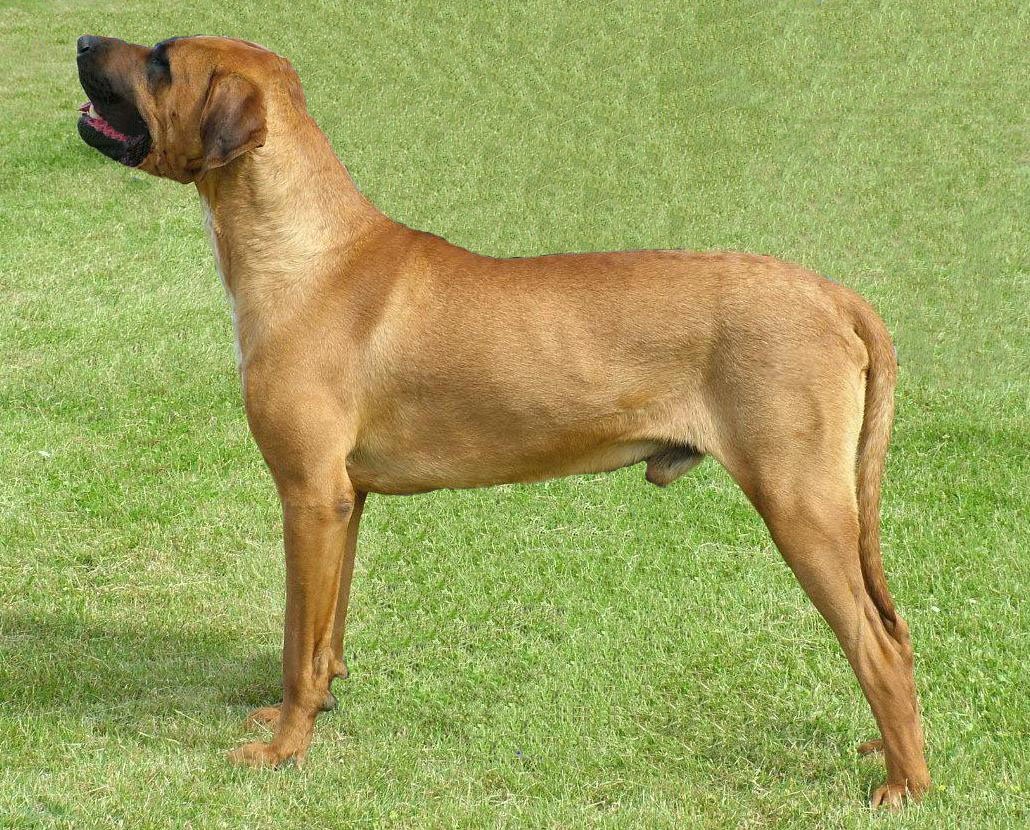
The Tosa Inu was originally bred as a fighting dog in Japan. They’re massive, powerful, and carry a quiet confidence. Tosas are calm and dignified with their families, but their fighting heritage and natural wariness of strangers make them a risky choice. In some countries, they’re even banned.
If a calm, loyal companion is what you seek, the Newfoundland offers similar size and devotion without the edge. Newfoundlands are famously gentle, especially with children, and their patient demeanor makes them ideal family dogs.
Some dog breeds, while powerful and intelligent, can be too dangerous or too demanding for the average household—especially without the right training, environment, or experience. The ten breeds on this list often require specialized care, firm leadership, and extensive socialization to thrive safely. For most people, it’s wiser to choose a breed that matches their lifestyle and experience level rather than one that poses avoidable challenges. Thankfully, there are plenty of alternative breeds that offer loyalty, protection, and companionship—without the extreme risks or difficulty. The key is finding a dog that fits not just your heart, but your home and abilities too.

Linnea is a born and bred Swede but spends as much time as possible in Cape Town, South Africa. This is mainly due to Cape Town’s extraordinary scenery, wildlife, and atmosphere (in other words, because Cape Town is heaven on earth.) That being said, Sweden’s majestic forests forever hold a special place in her heart. Linnea spends as much time as she can close to the ocean collecting sea shells or in the park admiring puppies.

